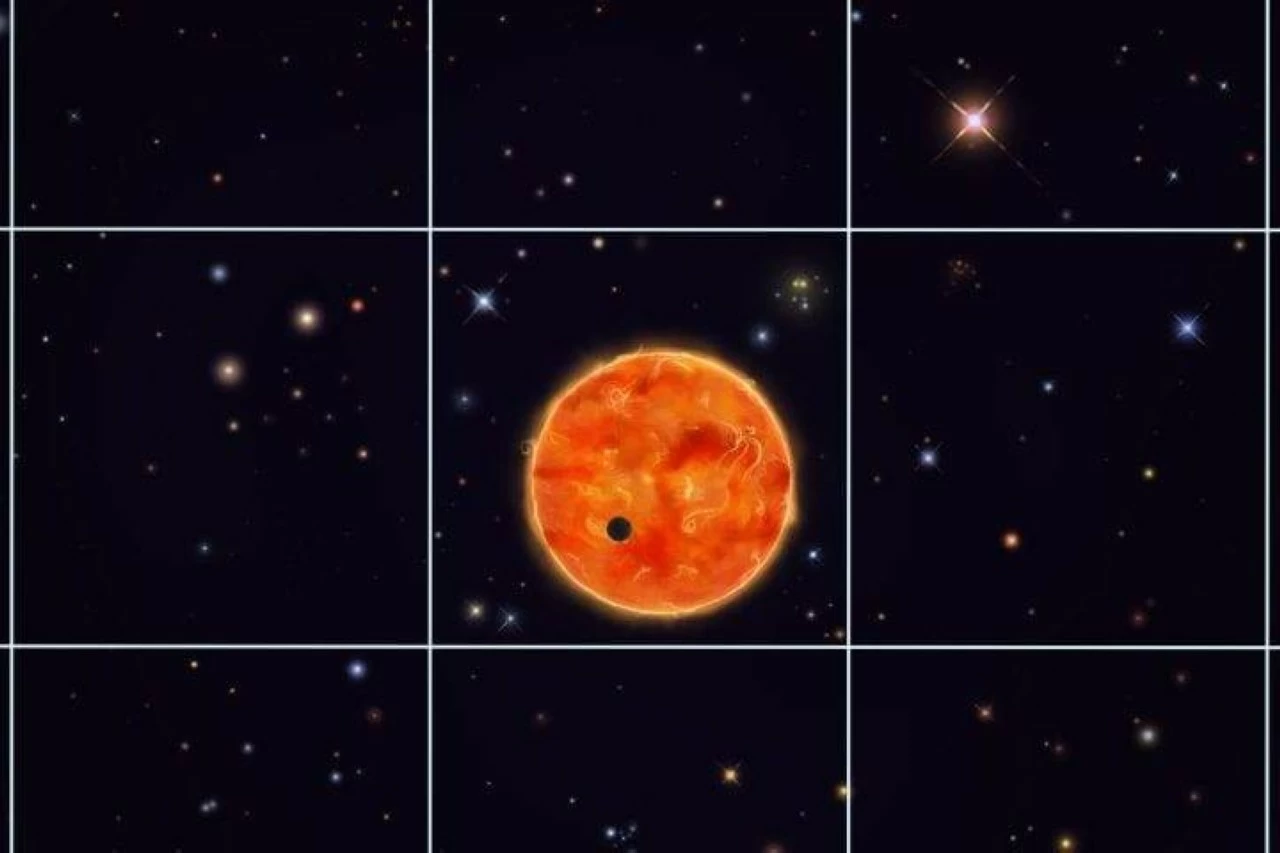

By signing in or creating an account, you agree with Associated Broadcasting Company's Terms & Conditions and Privacy Policy.


By signing in or creating an account, you agree with Associated Broadcasting Company's Terms & Conditions and Privacy Policy.
Researchers have discovered that over 200 exoplanets are larger than previously estimated. Astronomers have discovered nearly 6,000 exoplanets, but only about 20 of them are around the same size as the Earth. The new discovery suggests that there are fewer Earth-sized planets than previously believed. Only the closest exoplanets can be observed directly. Most exoplanets are discovered through the subtle dip in brightness from the host star, caused by the world passing in front of it from the vantage point of the Earth. These transits, or shadows of exoplanets are used to estimate their sizes.
The researchers have discovered that the light from neighbouring stars can contaminate the light from a particular star being studied. Now larger planets block more light, while smaller planets block less light. Because of the light leaking from the neighbouring stars, a transiting exoplanet may appear to block less light from its host star than it actually is. This means that the scientists would consider the exoplanets as being smaller than they really are. The researchers examined hundreds of studies discovered by NASA's TESS instrument, which were then cross-referenced with data captured by the European Gaia instrument to determine how much light contamination was influencing target stars.
The researchers discovered widespread contamination in the TESS data. For example, there are only three stars with single-planet systems known to harbour terrestrial worlds. The new findings suggest that all of these worlds are bigger than previous estimates. Rather than being rocky planets like the Earth, they may be water worlds, covered in oceans, or even larger ice giants such as Uranus or Neptune. The discovery has implications for the planetary habitability. The researchers intend to reexamine planets that were previously believed to be uninhabitable because of their sizes. A paper describing the findings has been published in The Astrophysical Journal Letters.









